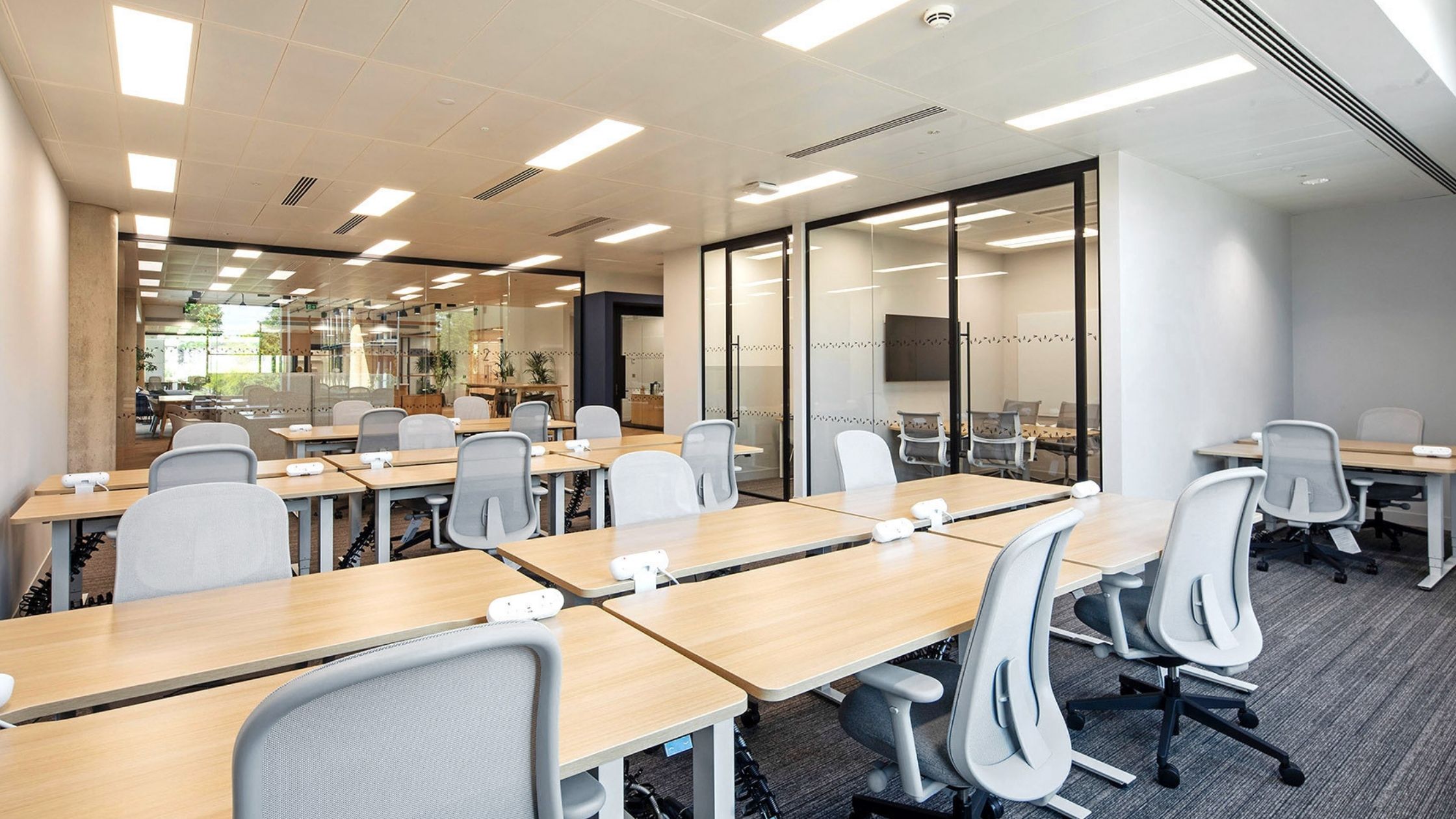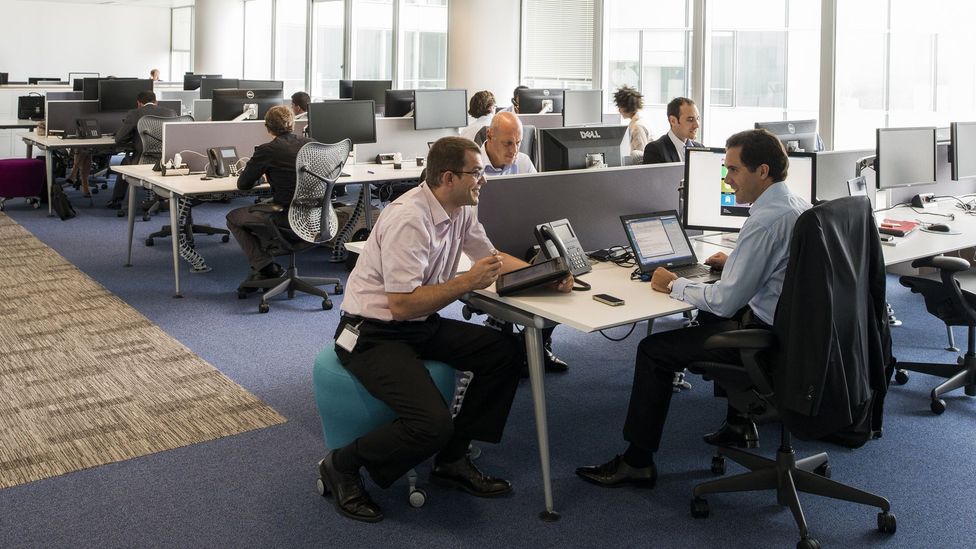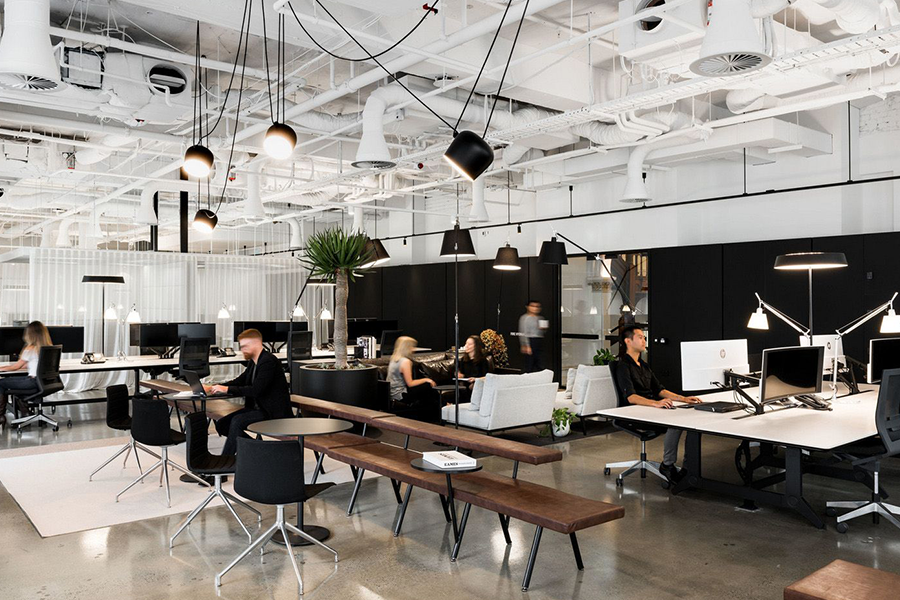
You can also allow workers to move to other areas of the building for a few hours or even days to get work done, or encourage employees frustrated by noise to take a walk outside to clear their head. This will discourage employees from “popping in” and other interruptions. When employees need quiet time, they display the marker on their desks, indicating that they need privacy. Project deadline at 3 p.m.”Īnother option: Distribute some kind of universal marker, such as a sign, flag or light, to everyone. You can help employees feel they have more control of their environment by making it okay to post a note at their desk that lets their coworkers know they need uninterrupted time to concentrate. Lack of control of the workspace is a common complaint of open workspaces.
#Openoffice space how to#
Not sure how to address noisy employees? Read: 8 Quick Tips for Handling Overly Social Employees And, make sure your team feels comfortable speaking up if they need more quiet, or more freedom to collaborate. Remind louder employees to make calls in another area or move their mini-meetings to designated collaboration areas. As manager, it’s your job to promote enough self-awareness among your employees to make sure these natural work styles don’t frustrate others.

John has a booming phone voice while Dana likes to talk through her projects with teammates. Maybe Ken can be more productive and happier just around the corner where it’s quieter. Thus, the noisy collaborators get mixed in with those who need to concentrate, much to everyone’s displeasure.Ĭonsider whether Ken, your needs-quiet marketing analyst, must really work in the midst of your boisterous salespeople. However, if the room stays noisy all day and bothers nearby workers, it’s time to do something more than put up signs asking people to be quiet.Ĭonsider if your office’s natural gathering spots can be moved or walled off, or if nearby workers can be moved to quieter areas to support positive open office collaboration.Ĭompanies tend to seat all the accountants together, all the marketing folks together, etc., without regard for individual workspace needs. Other teams may require a more formal schedule, such as half the staff working off-site Mondays and Wednesdays and the other half working from home Tuesdays and Thursdays.Ĭould it work for your business? Find out here: Making a flexible work arrangement work for your companyĬopier rooms and break rooms tend to be places where everyone naturally stops to chat about projects, their weekend and company news. It may mean letting employees decamp to a nearby coffee shop so they’re still close enough to quickly get into the office for impromptu meetings.ĭepending on your company’s needs, an informal arrangement where employees can work from home as needed may work.

Keep in mind that “remote” doesn’t have to mean working from home. Here are nine ways to promote positive open office collaboration and reduce distractions.ĭoes your company still maintain policies that discourage or forbid remote work? If your open office doesn’t include quiet rooms or other areas where employees can get the peace they need to be productive, it may be time to revisit those policies. So, how do you balance your team’s need for creative get-togethers with quiet time to concentrate? No offices, walls or doors mean higher noise levels, lack of privacy, more frequent interruptions and little control over your environment. The good things about open office spaces – more light, easy collaboration, a team feeling, cross-pollination of ideas – are the same characteristics that lead to employee frustration.

Training and performance 0 Comments Open office collaboration: 9 tips for balancing office space


 0 kommentar(er)
0 kommentar(er)
